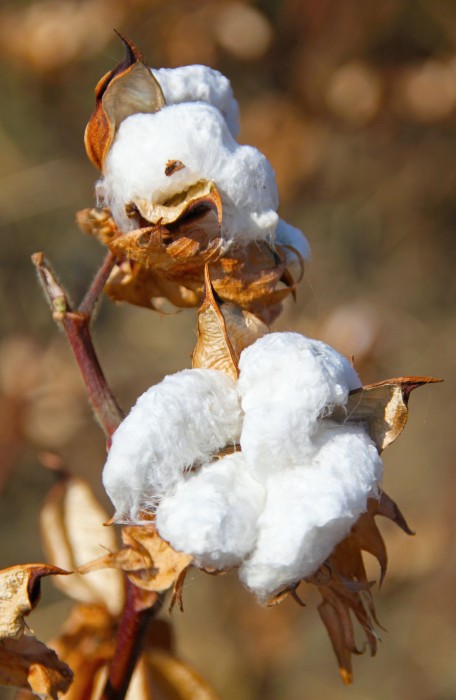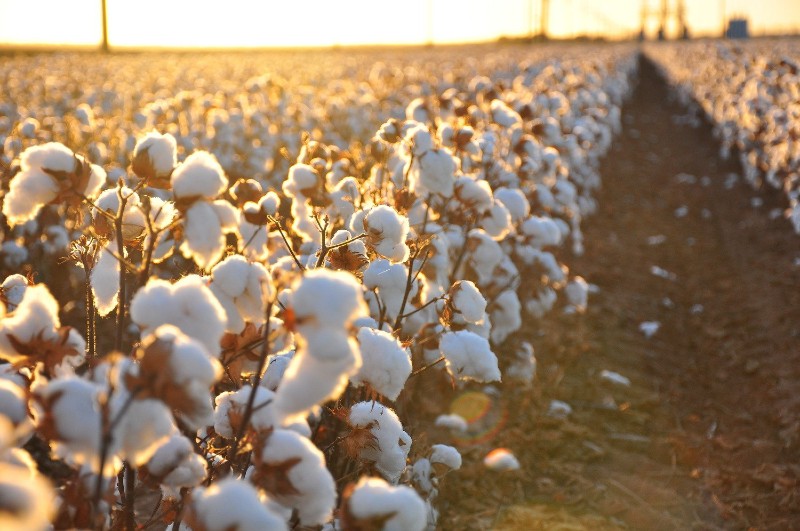What is Pima Cotton

What is Pima Cotton, and Where Is It Grown?
There are various types of cotton species and fabrics, each with its own attributes. Among these types, the Sea Island, Egyptian, Upland, and Pima are known to have superior characteristics. To choose the best fabric for you, you will need to know the differences between the available options.
What is Pima Cotton?
Pima is a higher-end, ultra-soft material that has longer fiber than standard varieties. Most consumers prize Pima for its reputation for producing smooth fabric that is rich in texture, extremely durable, wrinkle-resistant, pill-resistant, and soft to the touch.
According to manufacturers, this type of material is suitable for anyone with sensitive skin and has a considerably longer life expectancy compared to other products. While standard fibers measure a maximum of 1.1 inches long, Pima fibers can be as long as 1.4 to 2 inches.
The longer fiber presents an advantage when twisting the thread, giving the fabric the many desirable characteristics for which it is popular. Pima material is made from a specific type of plant known as Gossypium barbadense.
The unusual softness of Pima cotton makes it popular as a material for making luxury clothing items and bedsheets. Because of its absorbency and resistance to pilling, the material is also commonly used in towels.

Where is it Grown?
Despite the popularity that Pima enjoys, this type of fabric is only three percent of American-grown material and one percent of global production because the particular plant that produces this fabric can only grow in hot, arid environments.
Considered the finest variety in the world, the origins of this variety can be traced to the Sea Islands of South Carolina and date as far back as the early 1790s. In the 19th century, producers did selective cross-pollination with Egyptian varieties to develop an extra-long-staple variety that was uniquely American.
Originally known as American-Egyptian, the variety delivered high-quality fiber that produced soft, strong, and luxurious material. In the early 1900s, the US Department of Agriculture worked in collaboration with the Pima tribe of Arizona to further improve this young crop.
The staple variety was later named “Pima” in honor of the pioneering farmers. During the 1950s, the seed quality was improved further.
How is It Different From Egyptian Varieties?
There are three main species that are used to make the various products that we use on a day to day basis. These are Upland, Egyptian, and Pima. However, a good number of people cannot differentiate these varieties, especially premium types.
Both Egyptian and Pima varieties are categorized as extra-long staple kinds, meaning that they produce a soft fabric that is luxurious, strong, and resistant to wrinkling, fading, tearing, and pilling. Due to the many superior characteristics that the two types share, this is commonly referred to as the cousin of Egyptian.
However, the main difference between them is where they are grown. While Pima is mainly grown in the United States, Egyptian is produced in Egypt and thrives in the hot and dry climate that the coastal line of River Nile experiences
Provided they are authentic, and their origins can be established, both types offer outstanding quality. However, these products are slightly cheaper than their Egyptian counterparts.

Is Cotton Good for Hot Weather?
When summer sets in, you will want to make sure that you have the right clothes to allow you to enjoy the outdoors. The clothes you choose should not only wear well and look great but also help you stay comfortable throughout the scorching summer.
When it comes to fabric, this is one of the best for hot weather. The material is soft, breathable, lightweight, and comfortable. And due to its long and silky fibers, Pima is considered the highest quality type available.
The breathable fabric will absorb sweat from your body and allow it to evaporate into the air, effectively keeping you cool in the hot weather. Its absorbent nature will wick the moisture away from your skin, a factor that will discourage the growth of yeast and bacteria.
This natural material will also remain soft and cool to the touch. With the many fakes that flood the market today, you should take time to ensure that you are buying a high-quality product.
Machinery for the Proper Harvesting of Pima Material
There is no doubt that these products will continue being an essential part of our lives. At Certi-Pik, we are committed to making life easier for farmers by providing a wide range of aftermarket parts for their pickers. If you are in need of quality aftermarket replacement parts for your harvester, kindly contact us to request our products.
